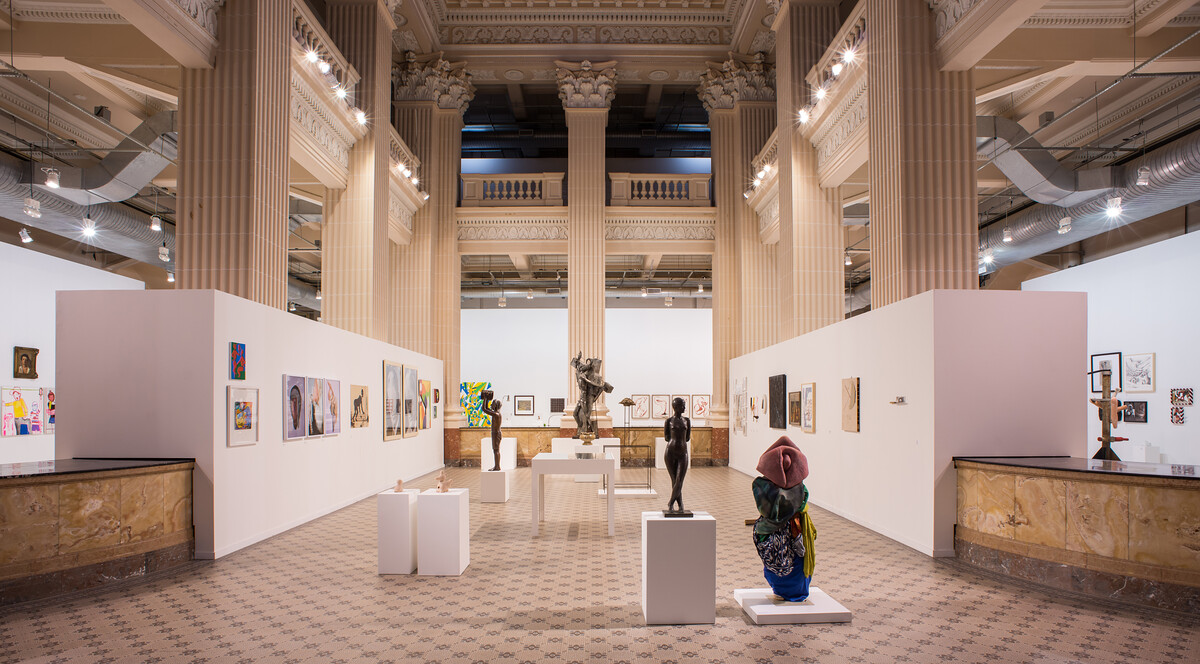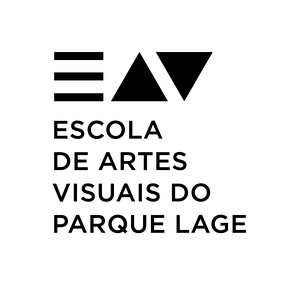Exhibition reopens after censorship
August 18–September 16, 2018
Jardim Botânico
Rua Jardim Botânico 414
Rio de Janeiro-
22461-000
Brazil
Queermuseum: Cartographies of Difference in Brazilian Art, reopens at Parque Lage School of Visual Arts - EAV in Rio de Janeiro, after being shut down in September 2017 by Santander bank, the original sponsor and organizer after pressure by far right wing and fundamentalists groups to censor the exhibition. Following the most successful crowdfunding campaign ever launched in Brazil, and with strong support from large sections of Brazilian society, Queermuseum shows a history of resistance and beats all the odds against censorship and attempts to limit freedom of speech the country has experienced post-dictatorship. Queermuseum is the first queer exhibition of broad scope in Latin America, featuring 264 works in various media by 85 Brazilian artists ranging from late 20th century to contemporary exploring gender expression and identity in order to challenge canonical assumptions of narrative construction of normativity.
“To reopen this exhibition for Brazilian society is a political statement against censorship and a strong manifestation in favor of freedom of speech and the defense of production of knowledge through art that an institution such ours, one of the most beloved art schools of the country would have to take,” said Mr. Fábio Szwarcwald, the director of EAV. “We are proud to have moved swiftly against an act of censorship of such scale that could never be tolerated by a young democracy such as Brazil,” he adds.
Framework
Curated by the Brazilian art historian Gaudêncio Fidelis, PhD, the exhibition reconsiders previous models of curating, particularly regarding major platforms of queer exhibitions around the world and advancing to a more conceptual, non-essentialist approach, avoiding thematic illustrations of display based mainly on representations of the body, eroticism and male sexuality. Queermuseum’s platform is one of contemporary art built with the inclusion of historical works, taking a non-traditional approach to cartography within an anti-symmetrical strategy to address a artistic issues related to diversity and representation of difference under a non-heteronormative curatorial perspective. Conceptually, Queemuseum aims for a fictional, provisional and metaphorical museum that would exist while on view, a museum that thrives on diversity of form, queer inclinations of aesthetics, as well as “detours” from the canonical norm. The show seeks to address what Mr. Fidelis termed “an extensive colonizing of form by the regime of heterocentrism that pervades the construction of Western art, preventing a many artworks that exist outside canonical prerogatives from being adequately addressed by criticism and historiography.” In that respect, Mr. Fidelis states, “Queermuseum thrives on the premise of articulating a curatorial platform that challenges the canon against the typology of formalist exhibitions, testing difference as a mode of friction in order to create an inclusive exhibition that accepts diversity existing behind normative constructions of exclusion.”
Curatorial model
Working against the grain of established curatorial models, Queermuseum becomes the culmination of a number of curatorial platforms. In doing so, Mr. Fidelis has focused on what he calls “non-heteronormative curating,” an approach he has addressed in his writings and exhibition projects in the last few years. The curatorial platform of Queermuseum is constructed on the juxtaposition of works built around six conceptual subdivisions: exchange, transition, detour, visibility, contamination and transparency. The exhibition is conceived as a field of images in confrontation, placed against each other, creating a shock in time and space, “devouring each other” within a conceptual framework of operational queer cannibalism and anthropophagy, which draws, among others, from Oswald de Andrade’s Anthropophagous Manifesto of 1928. Affection, desire and sexuality are also taken into account to create tension between works in order to explore new territories for interpretation based on queer inclination of sensibilities in various forms.
Concept
Queermuseum centers on the concept of “transmuseology” by creating a transversal logic of display further advancing LGBTQI+ epistemology, dealing with issues such as the impact of difference in institutions though art exhibitions, other senses besides sight, such as tactics of artistic intent, the eroticism of form, cultural cannibalism and specificity, non-gender appropriation, discrimination of cultural forms, racism and representation, and an array of other issues in order to promote an epistemological turn toward a queer perspective of curating. Queermuseum includes an educational program that seeks to enable the audience to learn about diversity, and LGBTQI+ and gender issues, and to live and respect difference with the aim to build a critical inclusive process that invites the public to participate in the field of art.
Queermuseum: Cartographies of Difference in Brazilian Art, will be on view from August 18 to September 16, 2018 and is accompanied by a new extensive catalogue with theoretical texts on the works and issues related to the exhibition. For a full list of participating artists click here.


